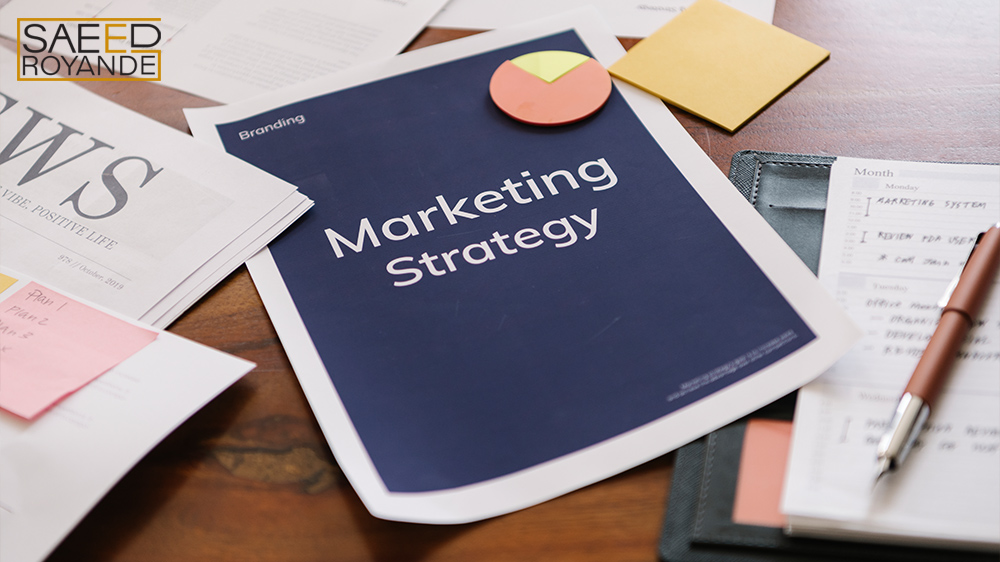The field of research known as “behavioral economics” examines how human emotions and psyches influence economic and monetary choices. It disproves the long-held belief that humans are purely rational and self-interested by illuminating the myriad of subconscious influences on our decision-making, including biases, heuristics, framing, and social norms. With this knowledge in hand, marketers may craft more compelling strategies to influence consumer behavior and accomplish their objectives.
What is behavioral economics and why does it matter for marketing?
Behavioral economics is the study of how human psychology and emotions influence economic decisions, particularly those involving money and consumption. It refutes the widely held belief that people are primarily motivated by their self-interest and instead sheds light on the less obvious influences on our decision-making processes, such as biases, heuristics, framing, and social norms. Marketers can improve their ability to influence consumer behavior and achieve their aims by taking into account the aforementioned aspects.
Since customers’ true motivations and preferences often differ from their stated or assumed ones, behavioral economics has important implications for the field of marketing. Marketers can persuade clients to take positive actions like making a purchase, signing up for a service, or altering their behavior by using the concepts of behavioral economics. Overestimating the impact of pricing, underestimating the strength of emotions, and neglecting the customer’s context and environment are just a few of the marketing blunders that may be avoided with the help of behavioral economics.

Business executives meeting investment planning
Applying behavioral Economics strategies to Influence consumer
Behavioral economics concepts are based on the idea that human decision-making is not always rational, but is impacted by a variety of psychological, emotional, and social factors. Understanding these characteristics allows marketers to create more effective and persuasive methods for influencing consumer behavior and achieving their objectives. Here are some examples of how behavioral economics principles can be used to influence customer behavior:
- Reduce the product’s cost: When consumers have to leave with their money, they typically experience agony, especially if they have to pay promptly and in full. Marketers can alleviate this agony by providing payment plans, installment plans, memberships, or free trials. They can also employ mental accounting to trick consumers into thinking they’re spending money from alternative sources, such as windfall gains, pocket money, or income, rather than savings. A credit card marketer, for example, may provide a web-based or mobile-device application that provides consumers with real-time feedback on spending against established budget and revenue categories.
- Use social proof and norms: What others do and think influences consumers, especially if they are similar to them or are experts or authorities. Marketers can use social evidence and norms to persuade customers to embrace a particular behavior or product by displaying testimonials, ratings, reviews, endorsements, or popularity indicators. A hotel, for example, could display a sign that reads, “75% of our guests reuse their towels” to encourage more guests to do the same.
- Leverage scarcity and loss aversion: Consumers appreciate goods more when they are scarce or when they risk losing them. Marketers can use limited-time, limited-quantity, or limited-access promotions to create a sense of urgency and exclusivity for their products or offers by leveraging scarcity and loss aversion. A marketer, for example, could use a countdown timer or a stock indicator to indicate how much time or how many goods are left before the offer expires.
- Nudge consumers with defaults and framing: When faced with complex or ambiguous situations, consumers frequently rely on heuristics or shortcuts to make judgments. Marketers can use defaults and framing to steer consumers to a desired choice or action by presenting it as the easiest, most common, or most useful alternative. A marketer could, for example, utilize a pre-selected or recommended alternative to influence consumers’ decisions or use positive or negative framing to emphasize the benefits or costs of a product or offer.

Marketing plan and strategy
Examples of entrepreneurship using behavioral economics
Here are a few entrepreneurship examples that benefited from the application of behavioral economics:
- Reducing the cost: The notion of offering something for free was put to use by Amazon to boost sales and customer loyalty. Customers were encouraged to spend more to take advantage of the free shipping offer, which kicked in after their total order value reached a particular threshold. It also provided trial memberships to its Prime service, which included free two-day delivery and streaming video. Customers who took advantage of the free trial period ultimately became paying Prime members because they realized the benefits of membership and did not want to give them up.
- Social proof: com utilized this principle to encourage its users to make hotel reservations through the website. Customers could see the total number of individuals browsing at the same hotel, the number of available rooms, and the number of reservations made in the last 24 hours. In addition, the finest discounts and places were highlighted with user ratings, reviews, and badges. Customers were more likely to book the hotels quickly because of the sense of urgency, popularity, and trust that these amenities instilled.
- Scarcity and loss aversion: Starbucks used this marketing strategy to build brand loyalty for limited-time offerings like the Pumpkin Spice Latte. Starbucks raised the demand for these products by giving them an air of rarity by only making them available for a short period each year. Customers were also willing to pay a higher price due to their loss aversion for these products. Starbucks also encouraged customers to talk about the goods on social media to build buzz and interest in them.
- Defaults and framing: By employing the principles of defaults and framing, Netflix was able to boost subscription revenue and customer retention. Customers could sign up for a free one-month trial, after which they would be charged unless they canceled within that time frame. Customers were more likely to remain paying members since using the service was easier and required less work on their part. Positive framing was also utilized by Netflix to highlight the advantages of its service, such as no advertisements, tailored suggestions, and unlimited access. It also made use of negative framing to stress the drawbacks of canceling the subscription, such as not being able to watch the series you’ve already started or catching up on new releases.


